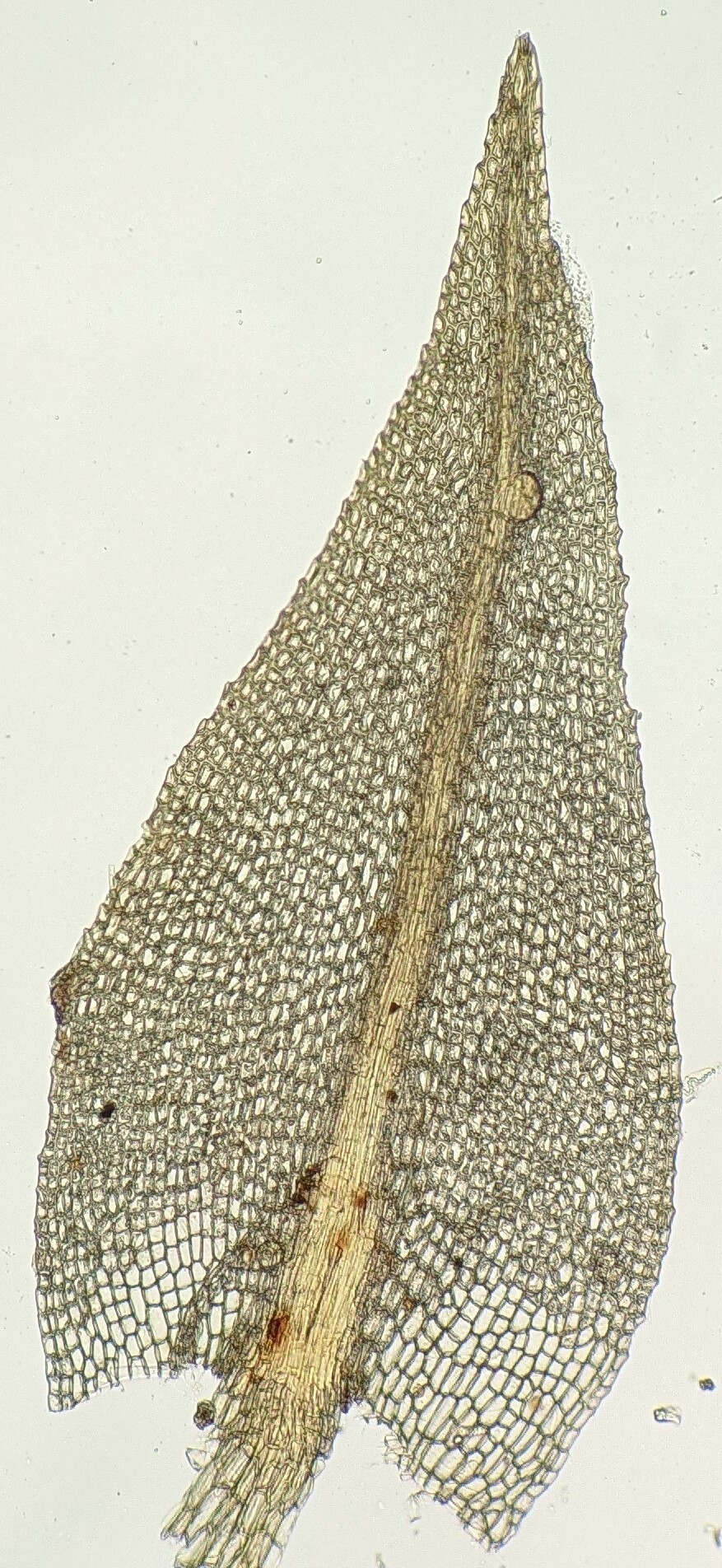Meesia
Autoicous, synoicous (not in Victoria) or dioicous. Dense tufts on soil. Stem erect, simple or sparingly branched by innovation, often tomentose with rhizoids near base; central strand present. Leaves oblong-ovate or oblong-lanceolate to lingulate, erect or erect-spreading to squarrose when moist, scarcely altered to strongly contorted when dry, arranged around stem and facing all directions or sometimes in three rows, not or distinctly decurrent; apex acute or rounded; costa broad, occupying around 1/3–1/2 of leaf width at base, subpercurrent to short-excurrent, or ending in apical half well below apex (not in Victoria); margin entire or serrulate to serrate toward apex from shoulders, plane to recurved or revolute; laminal cells oblong to rectangular, smooth; alar cells not differentiated. Capsule inclined to horizontal, curved from a straight apophysis forming up to ½ of capsule length, pyriform, with a poorly differentiated annulus. Calyptra small, cucullate, smooth, glabrous. Operculum bluntly conic to hemispheric. Peristome double; exostome teeth about 2–4 times shorter than endostome segments; endostome with a low basal membrane; cilia rudimentary or absent.
Nine species (Hedenäs 2020) shared between arctic to temperate regions of the Northern Hemisphere, Colombia, Brazil, southern South America, Antarctica, New Guinea, New Zealand and south-east Australia; two species in Victoria.
 Spinning
SpinningHedenäs, L. (2020). Disentangling Scandinavian species hidden within Meesia uliginosa Hedw. s.l. (Bryophyta, Meesiaceae). Lindbergia 42: linbg.01125.


